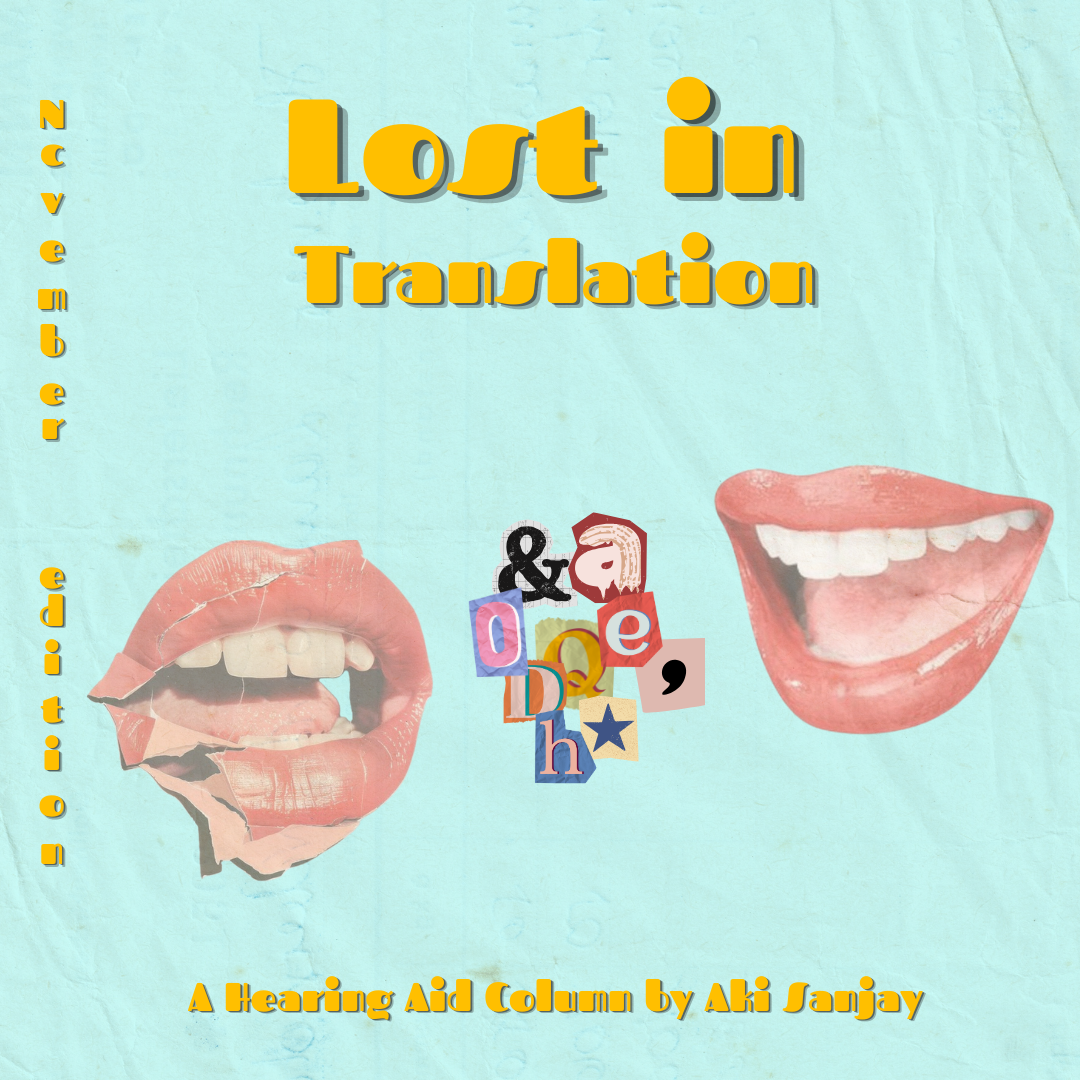Lost in Translation: Japanese
An exploration of Japanese music in Scotland
By Aki Sanjay
The Japanese word taiko (太鼓) may literally mean “drum,” but the wooden percussion instruments used in the traditional music style represent a vital aspect of Japanese culture. Dating back to as early as 10,000 BC, taiko has been historically used in both religious and military ceremonies, a way of setting marching pace through an energetic, lively rhythm. Taiko is more than just drumming; it is performance, embellished with eager shouts and practiced choreography that closely mirrors Japanese martial arts. It is still an actively practiced art throughout Japan, with groups known as kumi-daiko (組太鼓) bringing together various types of taiko drums for a dynamic performance.
Despite the 5768 kilometers that separate Glasgow and Tokyo, taiko has made its way into Scotland’s musical capital. Tsuchigumo Daiko, founded in 2016 by Martin Doyle and Sonagh Walker, is a Glasgow-based organisation committed to the “study and promotion of Taiko drumming, through regular classes, workshops, outreach, and performances.” The group is inspired by a broad range of musical influences and strives to keep the taiko tradition alive through creating a new, imaginative sound. Their 2019 show Ikigai (生き甲斐), held at Glasgow’s Eastwood Park Theatre, is, in one word, energetic: it brought together the traditional rhythms of Japan with a vigorous, animated performance.
Tsuchigumo Daiko isn’t the only group bringing together Scotland and Japan: Art Tsuji, also Glasgow-based, are a psychedelic-jazz combo. Their first album, Simultaneity, was released earlier this year, featuring seven tracks. All the songs have names written in both English and Japanese — for instance, the first song on the album is titled ‘Hold Me Tight ((抱きしめて)’. The songs are primarily instrumental, based around a core of keys, guitar, bass, and drums, but often feature sung and spoken Japanese vocals. ‘Haru (春)’, the second song in the release, begins with a Japanese spoken-word section that fades into birdsong. Of the seven songs, four — ‘Haru (春)’, ‘Natsu (夏)’, ‘Aki (秋)’, and ‘Fuyu (冬)’ – are named after the four seasons: respectively spring, summer, fall, and winter. The four songs culminate in a thirteen-minute epic entitled ‘Mezame (覚醒)’, full of whining distortion and spontaneous solos. The album is lauded not only for its unique blends of jazz, funk, and lo-fi, but for its merging of culture, style, and language.
Of course, collaboration is also essential to bringing together these two distinct cultures. In 2022, Scotland-based singer Lizabett Russo, known for her use of contemporary sound, Romanian traditional music, and Scottish folk, performed with Baobao, a brother-sister duo originally from Kyushu, an island southwest of mainland Japan. Russo and Baobao performed in several venues across Scotland, including Aberdeen’s The Lemon Tree and Glasgow’s The Glad Cafe, crafting a beautiful blend of genres from Japanese indie-folk to avant-garde jazz.
Setting folk, jazz, and indie music aside, classical violinists Tatsuya Yamauchi and Mine Yamauchi, in their 2024 summer tour of Scotland, represented the traditional sounds of Scotland alongside original work reflective of their Japanese roots. The performance, co-hosted by the University of Edinburgh, featured the Scottish folk song ‘Annie Laurie’ alongside Tatsuya Yamachi’s original song ‘Kirishima - Promised Land’. The violinists also performed excerpts from The Sound of Music, as well as European classical standards.
Interestingly, it isn’t just Japanese music which has inspired Scottish artists; the exchange goes both ways! Scottish and Irish folk songs are curiously popular in Japan, having been introduced into the country during the late nineteenth century. Tokyo’s Ryutsu Centre even hosts an annual Celtic festival; CCE Japan, another annual gathering, also shares and celebrates Celtic languages and music. Japanese musicians, such as Mayumi Nagaura, have also begun to specialise in Scottish and Irish instruments.
Although crossover between Japanese and Scottish music has been rare, it is hopefully a growing area. Just like the Japanese taiko, Scottish traditional music also relies on percussion, such as the Irish-originating bodhrán and the Scottish tenor drum. More importantly, both Japanese and Scottish music have deep roots in history and culture, originating in cultural ceremony. Modern Japanese-Scottish musicians draw on these extensive traditions to create a new sound, whether through the upbeat drumming of Tsuchigumo Daiko or the new-age instrumentals of Art Tsuji. Hopefully, over the next few years, more collaborations between Japanese and Scottish music will emerge.

